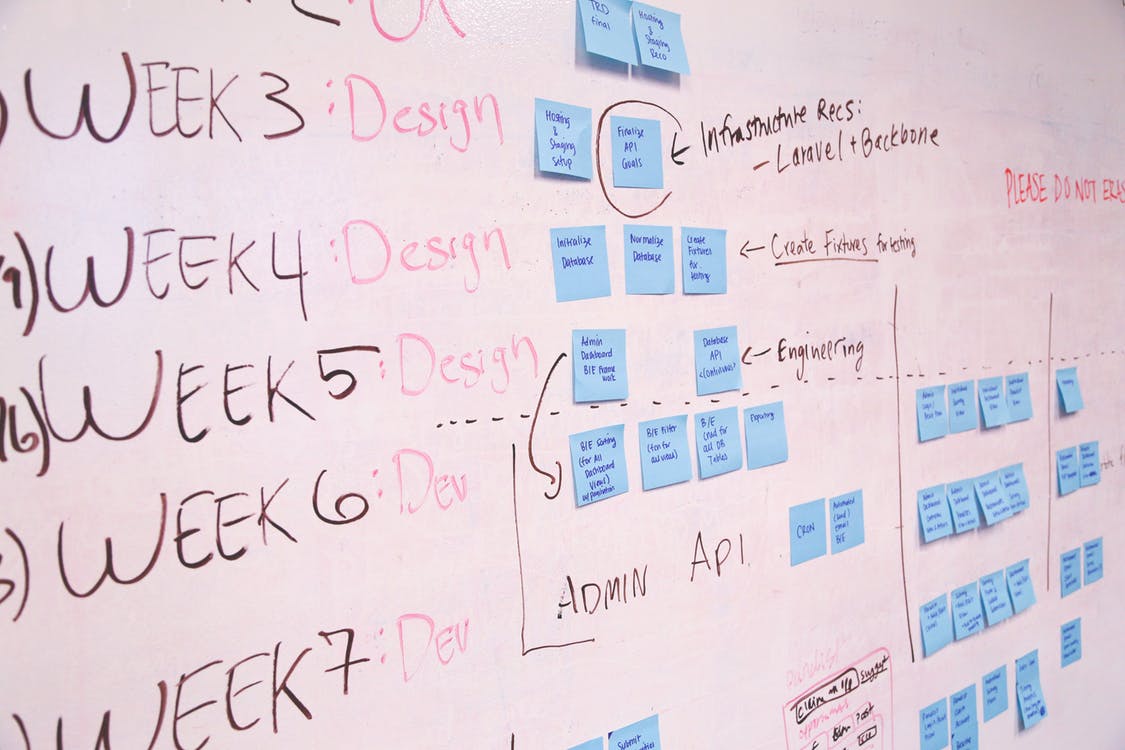
As a hiring manager, it’s more important than ever to ensure your hiring process is unbiased and objective. But it can be hard to determine your hidden biases, even if you’re a kind, compassionate person who recognizes the widespread injustice in the world. With that said, there are some ways you can fight back against bias in your hiring process and make hiring decisions based on objective criteria. Below, we’ll outline some actionable ways you can reduce bias and increase diversity at your tech startup.
Pay attention to your communications
When you’re looking to recruit new talent to your organization, one of the first tasks on your to-do list is writing an accurate job description. It’s important to ensure that the language you use is inclusive and avoids any gender bias.
Even wen you’re responding to candidates, it’s important to drop common salutations like “Mrs.” and “Mr.” Instead, use a candidate’s first and last name. You may also want to invest in text analysis tools that can help you point out problematic phrasing you don’t notice while self-editing.
Introduce a “blind” resume review
Consider implementing a blind resume review process when you’re starting the initial application review. It’s important to ask someone else in your department or company to remove or cover the names of applications. Then, you can review only the important information on the resume without unconscious biases clouding your view.
Use a background check
A background check helps vet candidates and verifies both identities and employment claims. Because it’s a completely objective process, you don’t have to worry about making the wrong decision based on subjective factors. Some companies even offer a free employment background check.
Leverage a structured interview
When you’re conducting an interview, you might pride yourself on your ability to hold a free-flowing conversation that really gets into the true identity of a candidate. Unfortunately, it also means that a candidate’s hiring is subject to his or her “likeability”. In many cases, likeability is determined by how much common ground you share with a candidate. Just because you like someone you interview doesn’t mean that they will do well at the job they’re applying for.
With that information in mind, it’s important to approach each interview from a more clinical perspective. Make sure you come to interviews with a set of unchanging criteria to evaluate the candidates. Write down specific questions you’ll ask in each interview.
You might not be accustomed to structured interviews, but they’re a much better way to evaluate a potential employee than a simple conversation.
Use a skills test
A skills test can help ascertain whether or not a candidate is prepared for the rigors of a particular job. It’s important to take the time to ensure that the skills test you use is validated. A validated assessment is screened to remove any sort of bias.
If you don’t think a skills test is a great way to evaluate candidates for a position, you might just want to ask for samples of past work instead. For example, you can ask them for a link to their online portfolio if he or she is a writer or graphic designer.
Make diversity a public goal
Although it’s important to hire diverse candidates, those diverse candidates might be turned off by companies that avoid the subject all together. Make it clear on your job postings and on your company website that the company is dedicated to hiring from all backgrounds, ages, sexes, races, etc. Words are powerful and a public declaration of your intent to create an inclusive working environment helps to set the stage for diversity.
Conclusion: Creating a framework for inclusion and diversity
Hiring a diverse workforce likely means you’ll need to do a little more legwork. You’ll need to parse through job descriptions to make sure they’re neutral and keep names off resumes during the initial filtering. It’s also critical to set up an interview process based on an unchanging set of criteria used to evaluate each candidate instead of relying on how much you “like” a particular applicant. With these kinds of processes in place and active bias training, you can create a healthy work culture that welcomes talent from all walks of life.